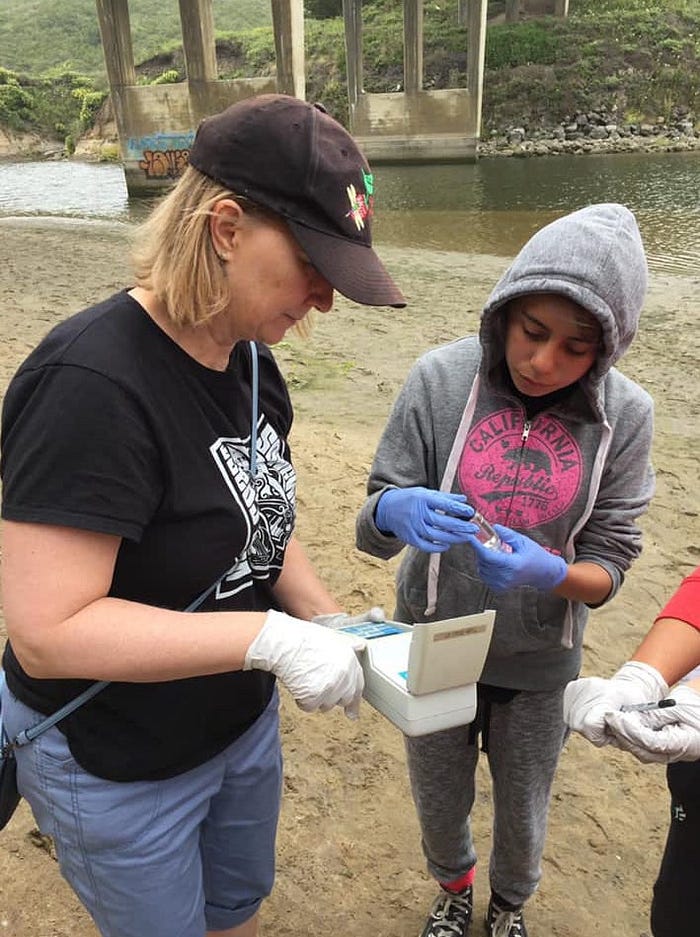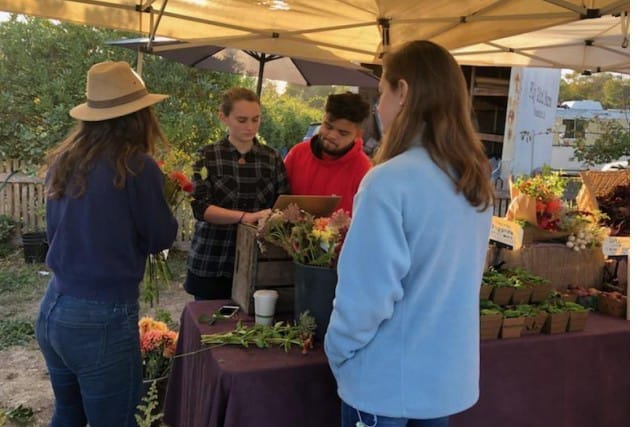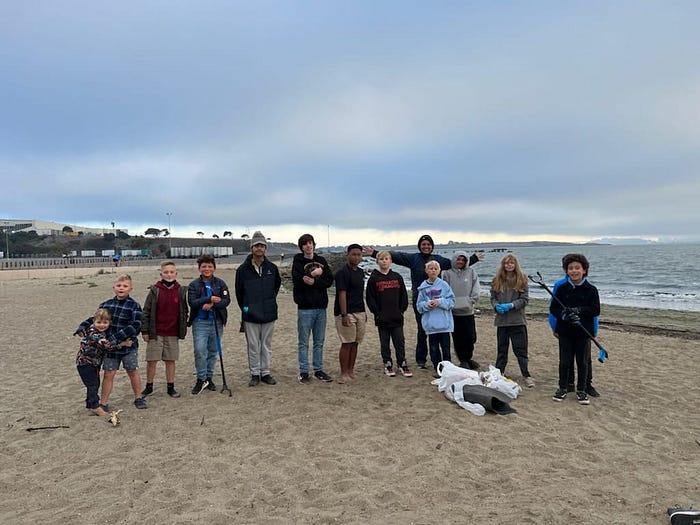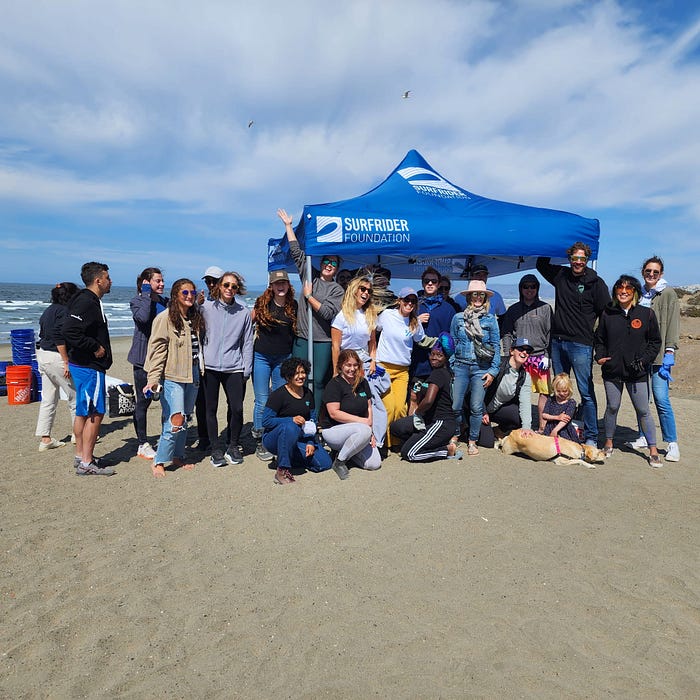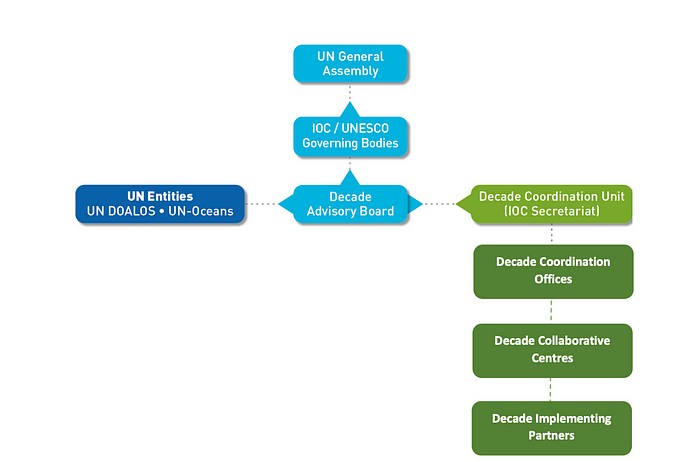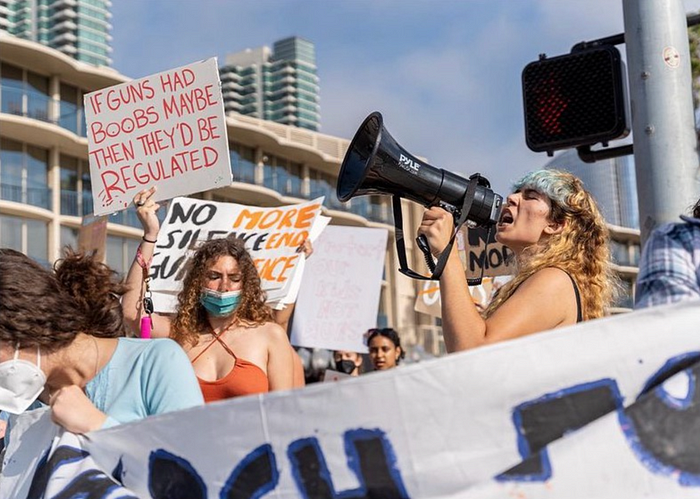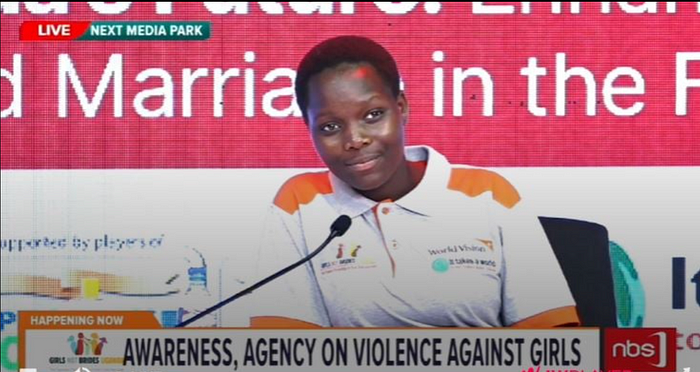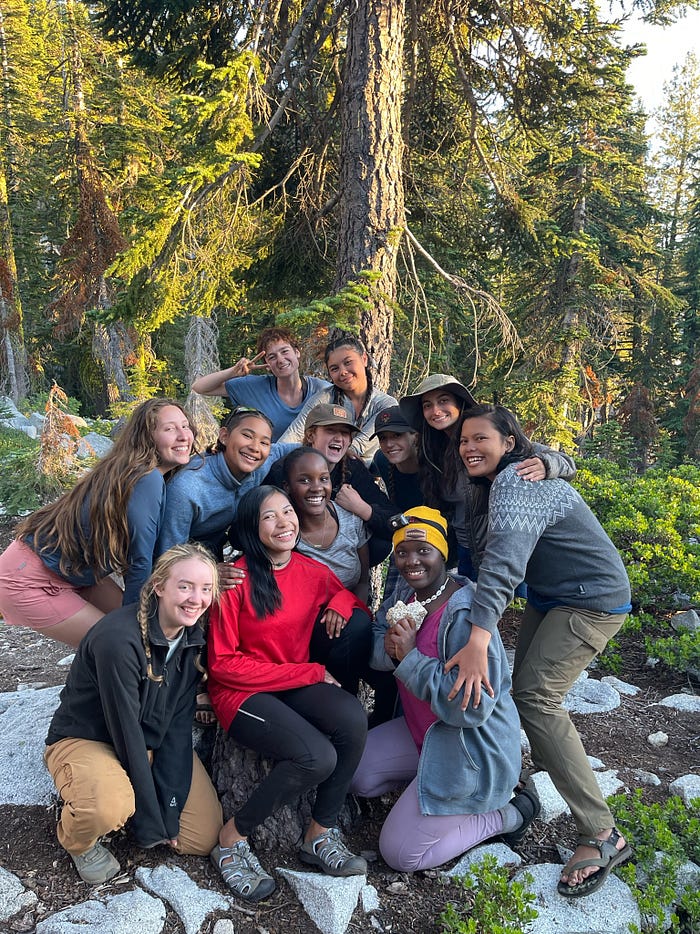World Children’s Day is a day of celebration for the United Nations, as it marks the annual anniversary of the Convention on the Rights of the Child. While adults come together to cherish the accomplishments of child rights, there is no reason for me to celebrate because the rights of children are being violated while the UN closes its eyes. I would know because I was a Petitioner in the first-ever legal complaint brought to the UN Committee on the Rights of the Child.
Have you ever wondered if your government is violating your rights?
For most of my childhood, I did not ask myself this question. I was not aware that my government had promised children rights, nor that the UN Committee on the Rights of the Child was created to protect us children. Yet, our rights were being violated.
When I learned about this as a teenager, I took to the United Nations to protect my rights and the rights of all children – but I quickly learned that the UN Committee on the Rights of the Child was unwilling to act with the urgency that was required to really protect us.
SEEKING CHILD RIGHTS
I’m Raina, an 18-year-old climate justice and child rights advocate from Germany. When I was 12 years old, I first learned about climate change and its consequences on children like me. At just 15 years old, I had the exceptional opportunity to experience the inner workings of the United Nations. I joined 15 other children from around the world, and together we filed the first-ever Petition to the UN Committee on the Rights of the Child.
Through the organization Heirs To Our Ocean, I became part of the Children vs Climate Crisis Petition which is a legal action by 16 children from around the world who call upon 5 countries, including Germany, to drastically cut down carbon emissions and address the climate crisis because it violates child rights including our rights to life, health, and culture.
The basis of the Petition is the UN Convention on the Rights of the Child (UN CRC), a legally-binding international agreement setting out the civil, political, economic, social, and cultural rights of every child, regardless of their race, religion, or abilities. It was adopted in November 1989 and was ratified by all UN member states, except the U.S. and Somalia, which made it the most widely ratified human rights treaty in the world. Through its ratification, countries acknowledged that children are a part of the most vulnerable people on our Earth and need special protection.
When climate change induces catastrophes like storms, floods, or droughts strike, children are amongst the most affected and vulnerable. The climate crisis is a child rights crisis. Children are the greatest stakeholders in the climate crisis, making it fundamental for my generation that our climate is stabilized.
Children need a healthy environment to sustain a healthy life. Children need a safe home to carry on traditions and practice their culture, as their ancestors did. But first and foremost, children need a healthy planet to survive. These are some of the rights promised to me and to all other children on our planet through the UN CRC.
To protect our rights and the environment, we 16 children brought our individual stories to the United Nations to exemplify why climate protection is so crucial for our generation. The climate crisis intersects with human and child rights violations through profound direct harm. For instance, three of my fellow Petitioners from the Marshall Islands — Litokne, Ranton, and David — are currently watching their homes and culture literally go underwater because of sea level rise. Their right to cultural identity is directly being violated, as the Marshallese are being forced to leave their islands. Debby from Nigeria gets infected with Malaria multiple times every year due to increasing temperatures that further the breeding of mosquitos. Her right to health is directly being violated. The reality is that children are suffering because of the climate crisis, and this will only get worse in the future if systemic change doesn’t occur NOW.

DEEMED INADMISSIBLE
I still remember the feeling when we presented the Petition for the first time on the 23rd of September 2019, at a press conference at UNICEF Headquarters in New York. As I stepped onto the stage with my fellow Petitioners, I felt we actually had a chance at making a positive change for all children around the world who couldn’t be there themselves. Our voices were intended to reflect those of children everywhere, on all habitable continents. At that moment I felt listened to despite my young age. I believed that our experiences and opinions actually mattered to the adults listening.
However, three years later, on the 11th of October 2021, our Petition was declared inadmissible on the basis of not exhausting domestic remedies. Despite the Committee on the Rights of the Child agreeing with the points we made about the climate crisis, they dismissed our Petition,
telling us we had not fought our individual governments hard enough yet to justify taking our case to the UN.
I could not understand how the Committee members were able to acknowledge the violation of our rights but not act upon it. I wondered — How could this Committee, formed to protect me and children around the world under a ratified Convention, acknowledge the violation of our rights, including to life, yet not act upon it due to a technicality?
The protection of our rights shouldn’t be up to technicalities or politics. The petition wasn’t just a piece of paper. It was a representation of the voices of millions of children around the world who are experiencing a life threatening crisis that violates their rights! What frustrated me most is that the Committee could have continued our case through an exception to exhausting domestic remedies if the procedure would be unnecessarily prolonged or futile. Our Petition fit into this exception perfectly, which we showed through several examples. We had no choice other than to go to the UN directly because the politics of nations are tied so deeply to corporate, profit-oriented interests. The filing of complaints within our individual nations would most likely be unsuccessful. Nonetheless, our Petition was deemed inadmissible.
I felt alone, frustrated, and scared when I learned that the Petition would not move forward. If children are not able to claim the protection of their rights when they are being violated, what is the point of having the UN CRC altogether?
More so, this was the first time a Petition had ever been brought by children filing a grievance due to human rights violations under the UN CRC. If the highest international body tasked with protecting children fails to do so, then who else can we turn to? The UN CRC Committee refused to send a message to countries around the world by allowing the Petition to go forward. It could have set an international precedent of intolerance towards child rights violations, but choose not to.
SEEN BUT NOT HEARD
Since the filing of the Petition in 2019, I have had the opportunity to attend multiple UN gatherings, including the 30th anniversary of the Convention on the Rights of the Child with Heirs To Our Ocean in November 2019.
It was a multiple-day convening in Geneva, which highlighted achievements of the Convention and prompted discussions about present child rights issues. However, climate change was not on the agenda. In fact, the few youth present from Heirs To Our Ocean and other organizations were the only ones who brought the topic to the table. Sometime after our speaking at the convening, the Environmental and Child Participation Working Groups were formed which now work with the Committee on the Rights of the Child.
The more I participated in these high-level spaces, the more I noticed the lack of meaningful youth participation. I feel grateful to voice my opinion at panels or in discussions, however, the participation of young people has to be improved as long as our voices are not considered beyond the panels we sit on. Letting young people speak for a few minutes is not actually listening to them.
Furthermore, I became aware of another obstacle — youth words and ideas are not taken seriously by adults. I have struggled with this many times. “It is crucial to have young voices represented at meetings like this” is what I regularly hear when attending high-level conferences where youth participation is written in bold letters on the agenda. “You are so courageous for coming here and representing the voice of your generation.” Adults market this idea well.
However, superficial participation does not bring about any change. For us young people, this is not a matter of politics nor profits nor inconveniences. Our future is at stake. If the UN is really serious about youth participation, they have to let young people enter the closed doors where adults make decisions about our future. UN convenings have to become more accessible to the public and allow children’s voices to be included.
Going even further, I think youth should not just be considered, they should be allowed to make the decision. Effectively, this means having youth be part of the Committee on the Rights of the Child. It means inviting youth to EVERY table where decisions about their future are made, allowing them to not only listen but decide. This way, we can ensure that young people’s voices are always considered when decisions are made that we are most affected by.
Through embracing more young people with diverse backgrounds in these high-level spaces, I am hopeful that positive change can be realized. The United Nations is supposed to represent all people, which includes the next generation of leaders and future generations. If this is successfully accomplished, then we can start finding equitable and just solutions for all children and for the environment we all share.



